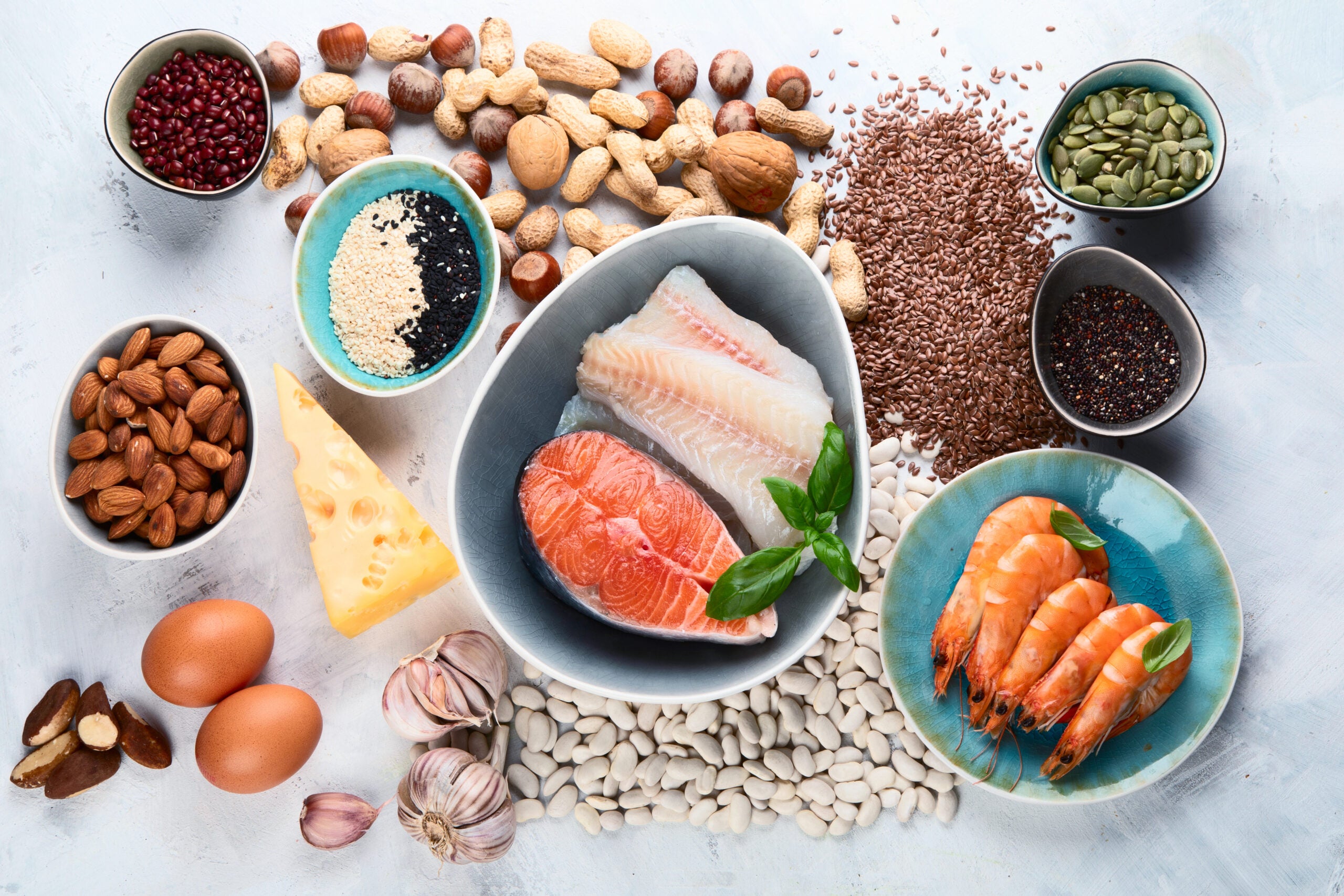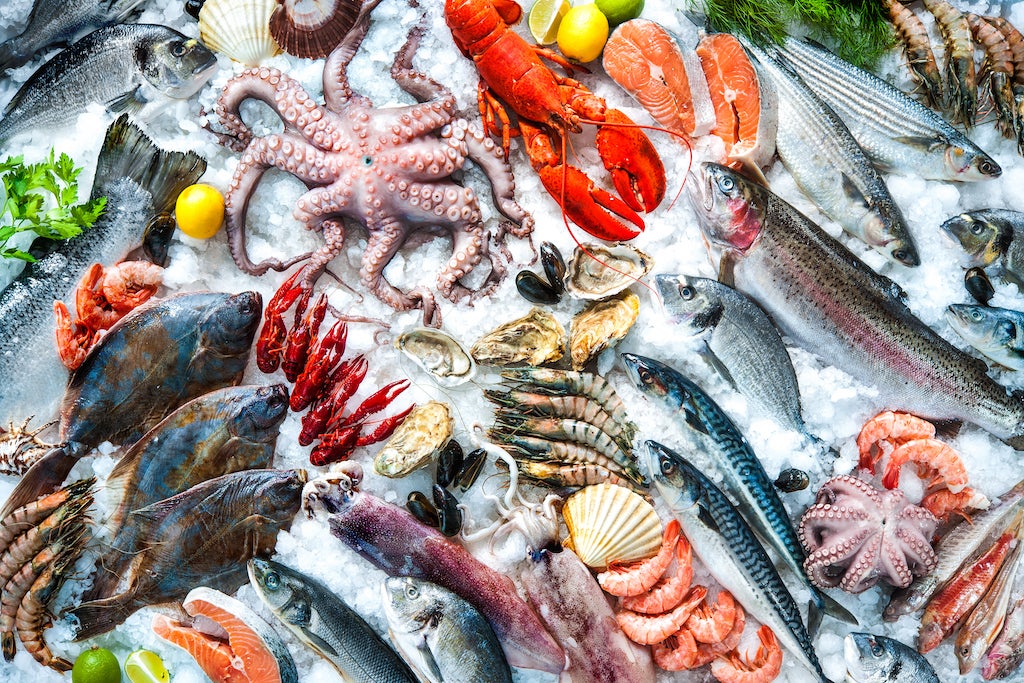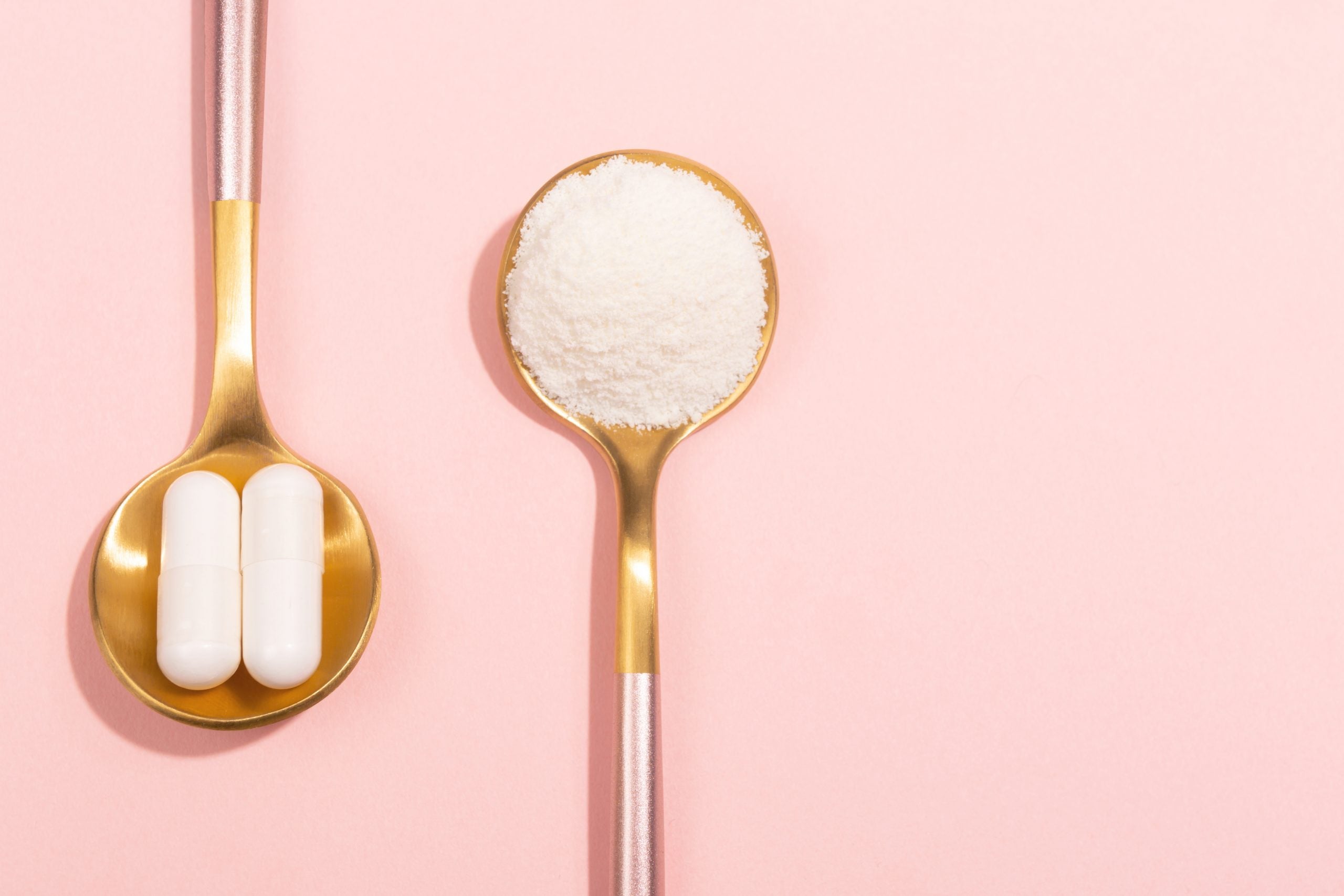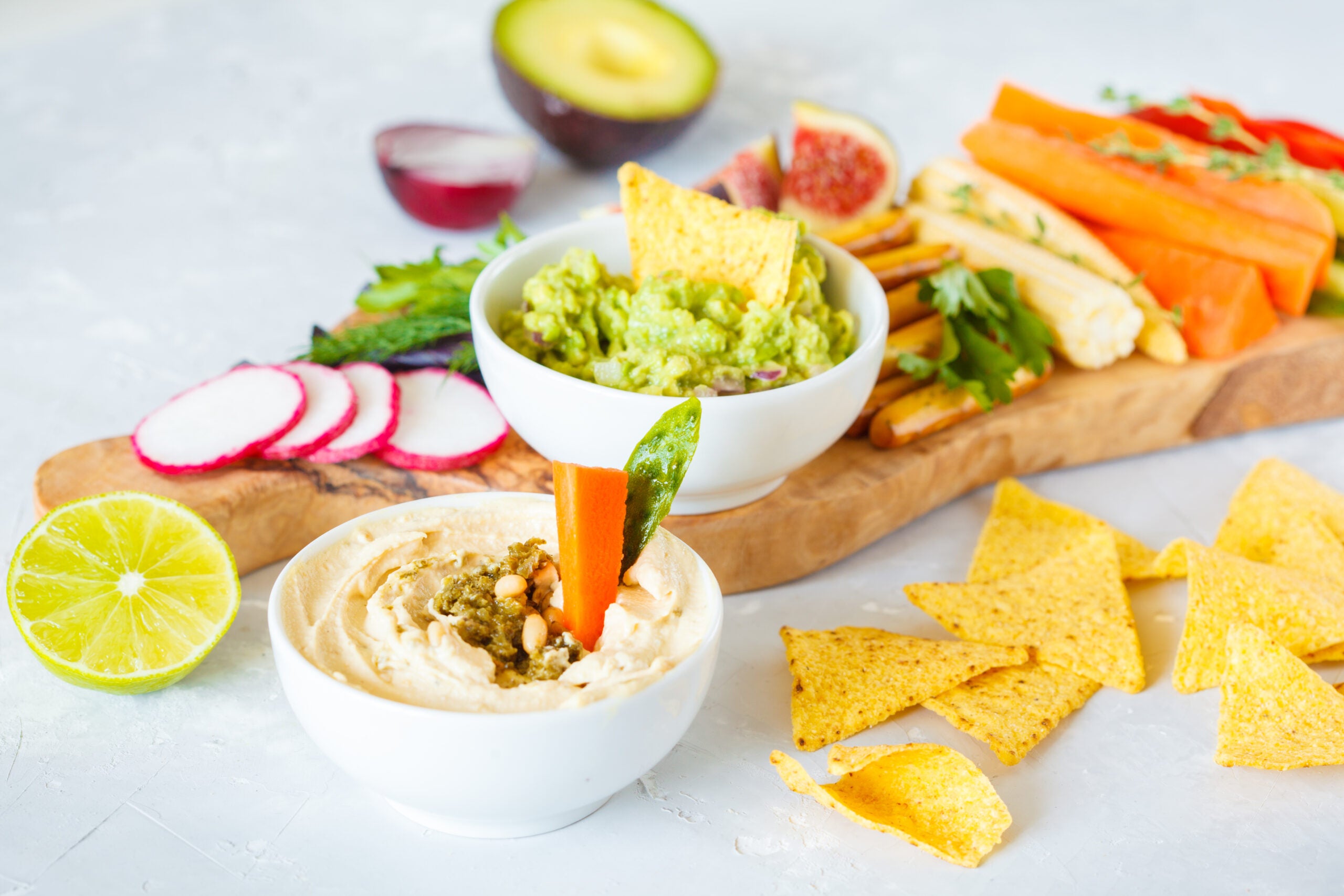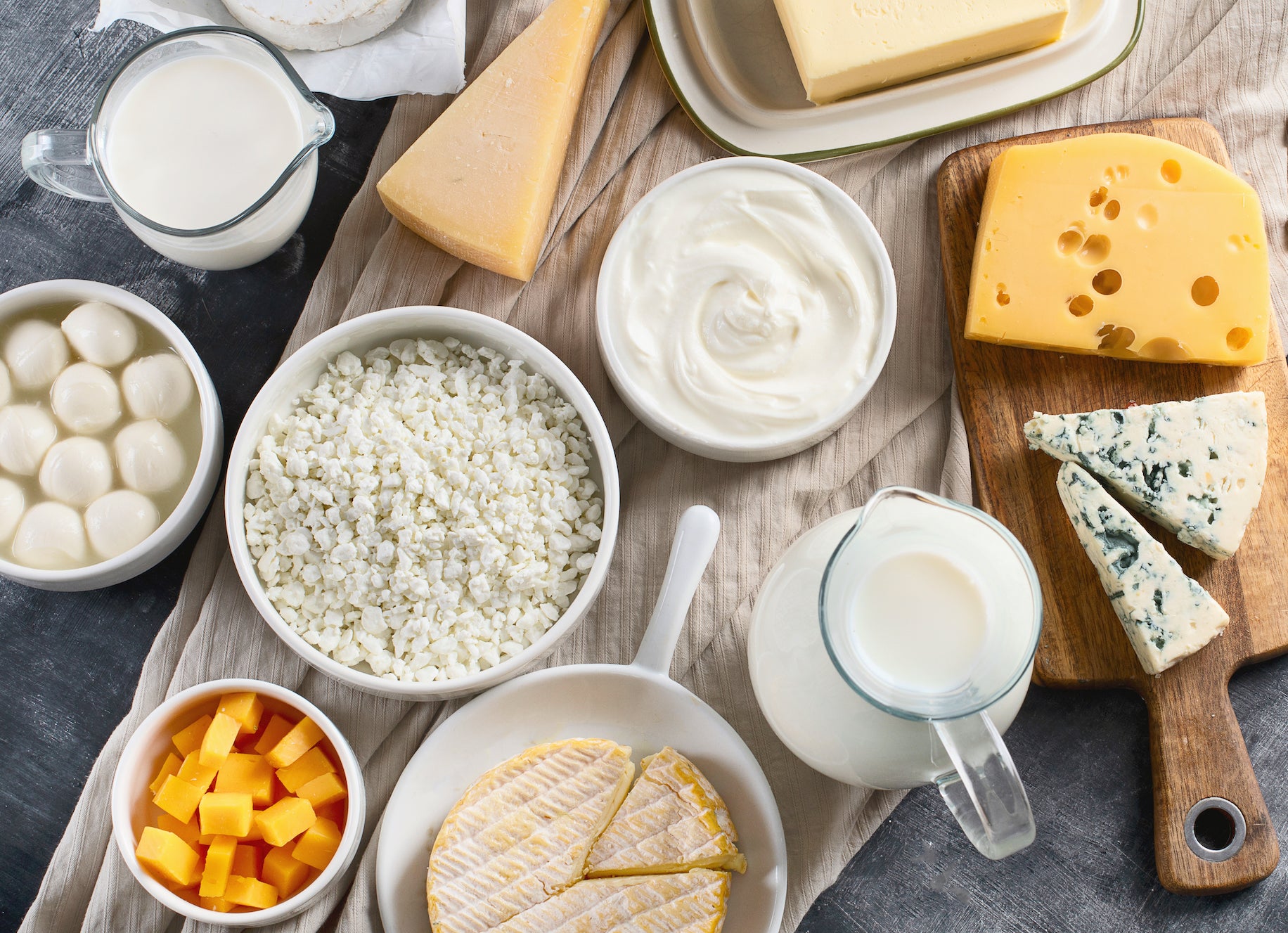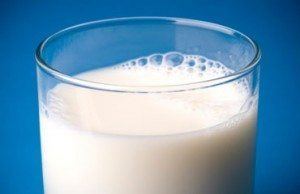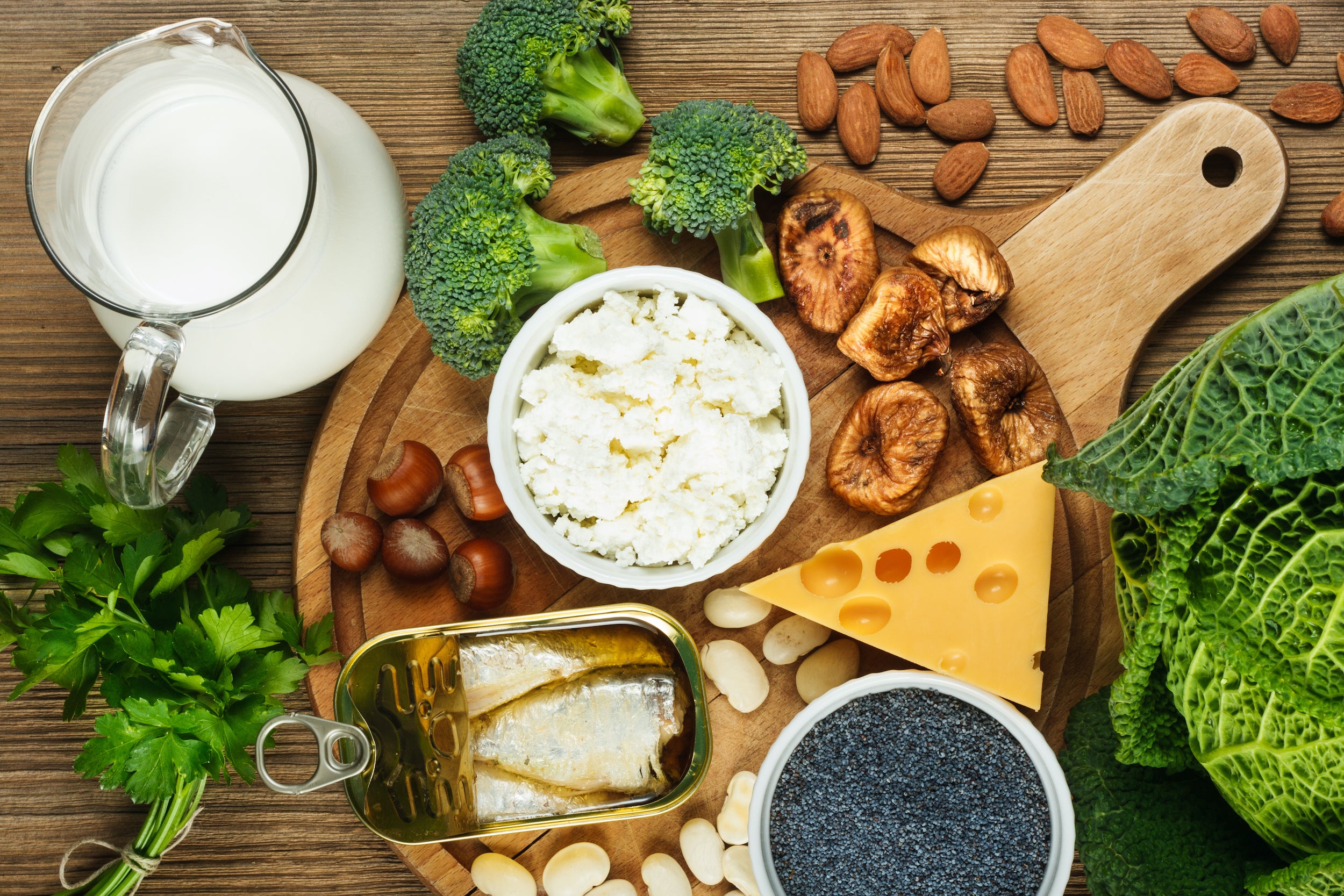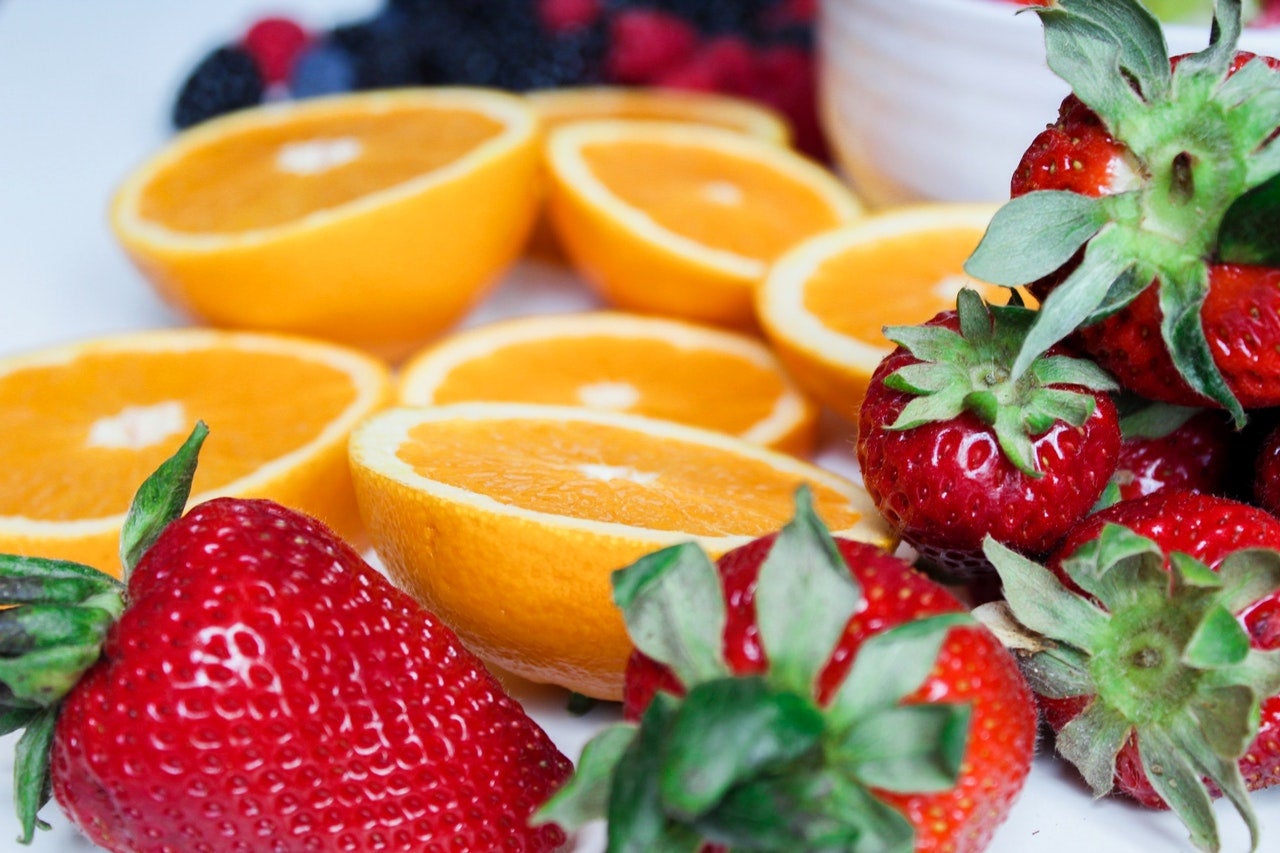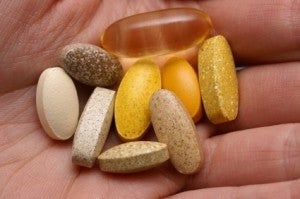Phosphorus is a mineral that naturally occurs in many foods and is also available as a supplement. It plays multiple roles in the body. It is a key element of bones, teeth, and cell membranes. It helps to activate enzymes, and keeps blood pH within a normal range. Phosphorus regulates the normal function of nerves … Continue reading “Phosphorus”
Foods like salmon, lobster, and shrimp, are often categorized as “seafood.” But how might you classify these foods when including a freshwater fish, such as trout? Consider the term aquatic foods (also called blue foods), which include any animals, plants, and microorganisms that originate in bodies of water. Examples are: Finfish—small pelagic fish (herring, sardines, … Continue reading “Aquatic Foods”
The information on food labels is intended to help consumers become savvy about their food choices. The front, back, and sides of a package are filled with information to inform us what the food contains and to provide guidance in making healthier selections of processed foods. However, all the numbers, percentages, and sometimes complex-sounding ingredients … Continue reading “Understanding Food Labels”
Collagen is the most abundant protein in the body. Its fiber-like structure is used to make connective tissue. Like the name implies, this type of tissue connects other tissues and is a major component of bone, skin, muscles, tendons, and cartilage. It helps to make tissues strong and resilient, able to withstand stretching. In food, … Continue reading “Collagen”
Are snacks good or bad for you? A snack is generally defined as any food eaten between main meals. Many people snack at least once during the course of a day, and there are several reasons why. The most common scenario is that our stomachs start growling a few hours after our last meal. Another … Continue reading “The Science of Snacking”
Dairy foods include a range of food and beverage products that make up classic combinations: cereal with milk, cheese and crackers, yogurt and berries, ice cream sundaes. While ice cream and cream cheese are examples of indulgent dairy foods that are viewed as every-so-often treats, a lack of clarity exists over other dairy foods that … Continue reading “Dairy”
Milk is the liquid produced by the mammary glands of mammals, including humans. Breast milk is the preferred food for infants, as it is well-tolerated while their digestive tracts develop and mature. Dairy milk may be introduced at later ages if tolerated well. Although dairy milk may come from any mammal, cows, goats, buffalo, and … Continue reading “Milk”
Calcium is a mineral most often associated with healthy bones and teeth, although it also plays an important role in blood clotting, helping muscles to contract, and regulating normal heart rhythms and nerve functions. About 99% of the body’s calcium is stored in bones, and the remaining 1% is found in blood, muscle, and other … Continue reading “Calcium”
During the flu season or times of illness, people often seek special foods or vitamin supplements that are believed to boost immunity. Vitamin C and foods like citrus fruits, chicken soup, and tea with honey are popular examples. Yet the design of our immune system is complex and influenced by an ideal balance of many … Continue reading “Nutrition and Immunity”
El distanciamiento social y el lavado de manos son los métodos más eficaces y comprobados para reducir el riesgo y la propagación de la enfermedad del coronavirus (COVID-19). Sin embargo, junto con preguntas generales sobre cómo comprar y preparar alimentos de forma segura (discutidos aquí), muchos se preguntan sobre el rol específico de la dieta … Continue reading “Pregunte al Experto: El rol de la dieta y los suplementos nutricionales durante COVID-19”
